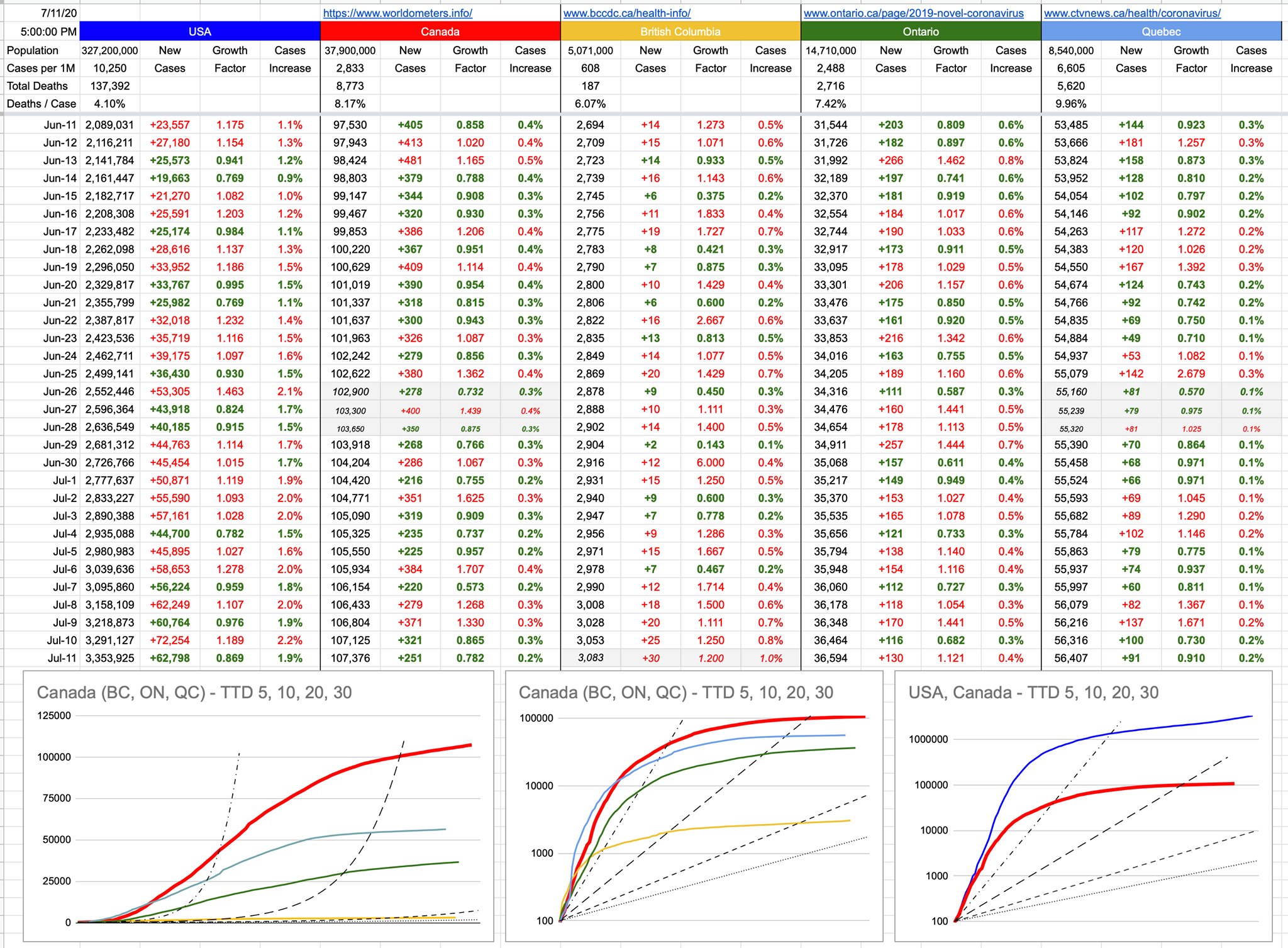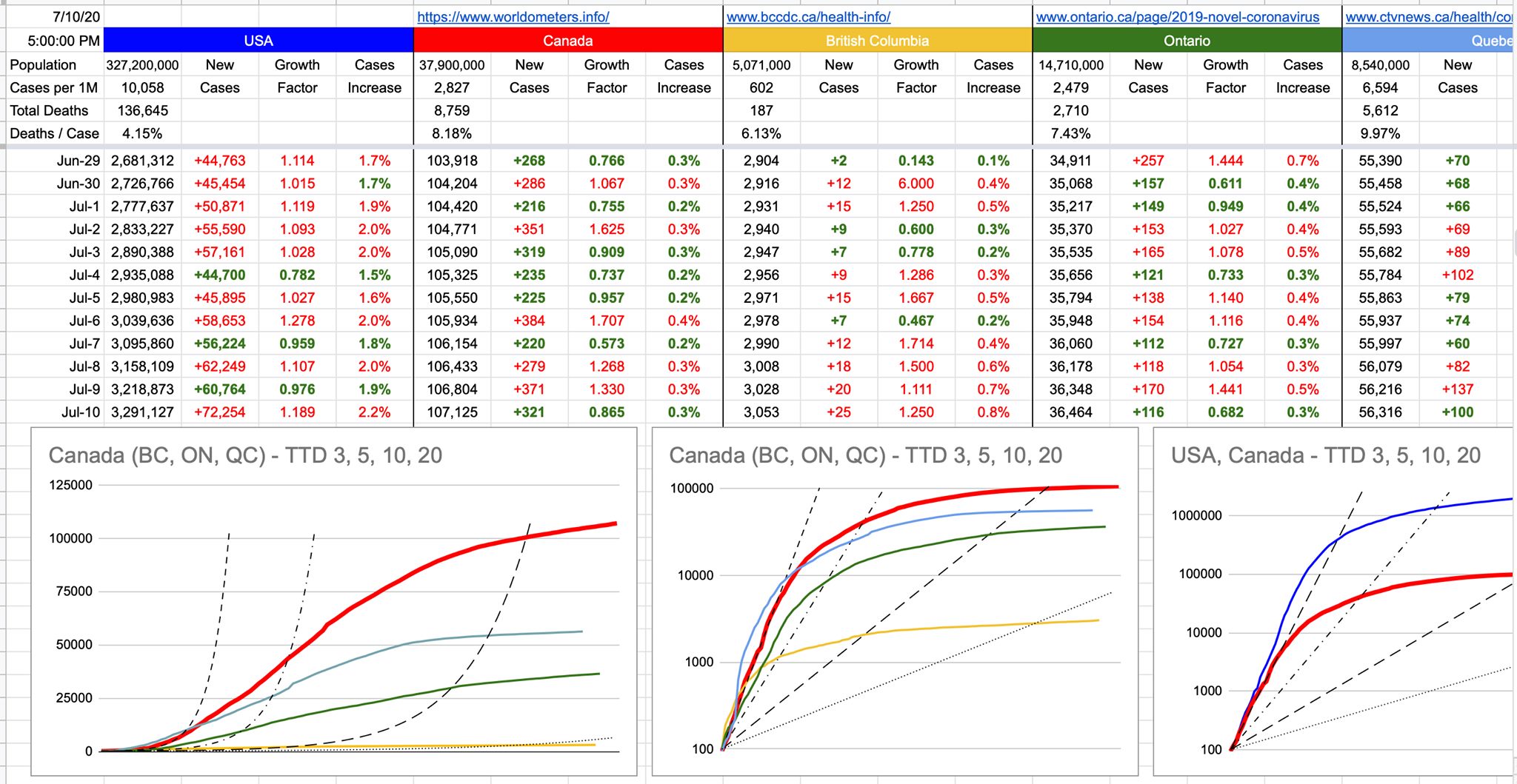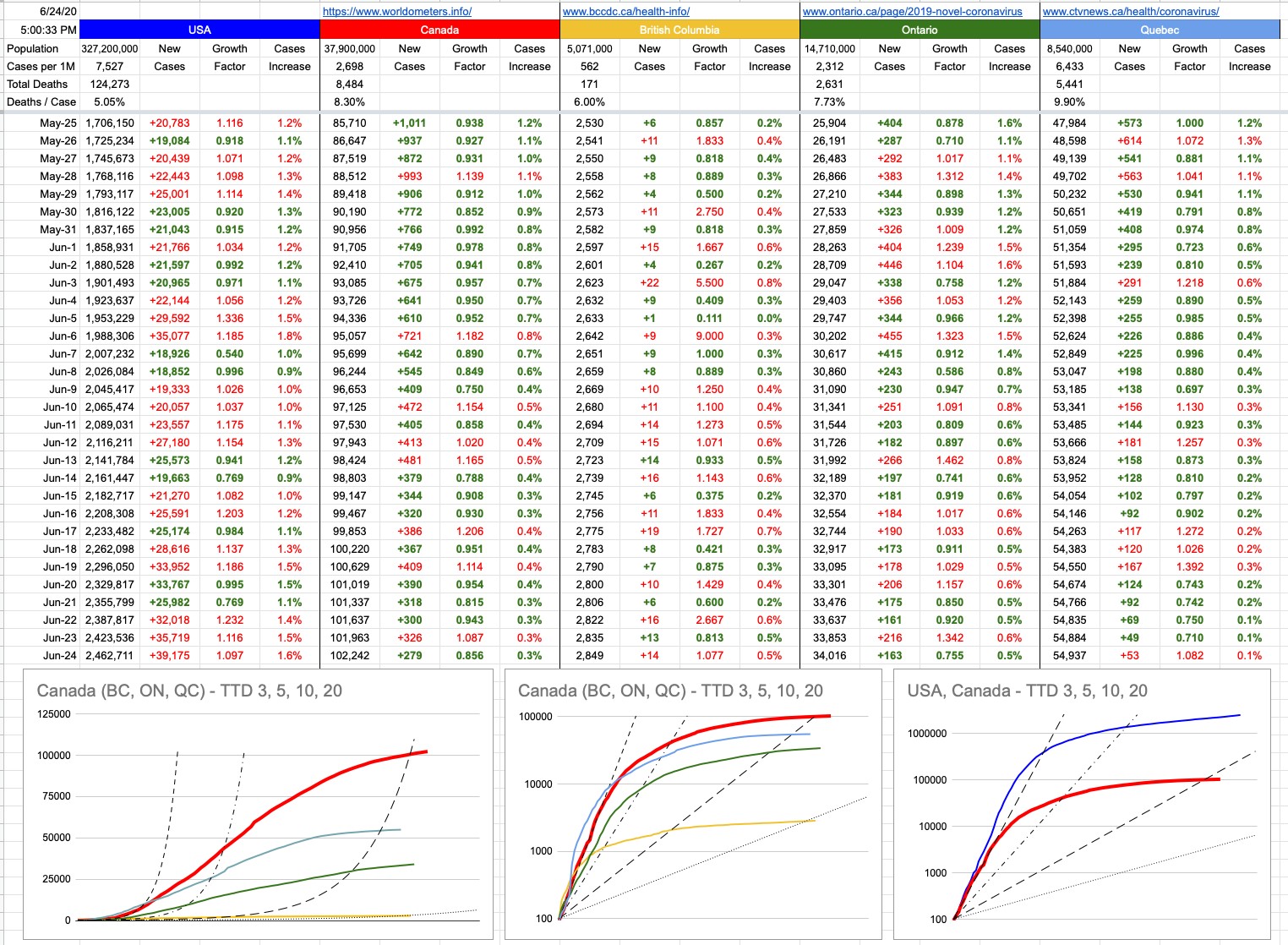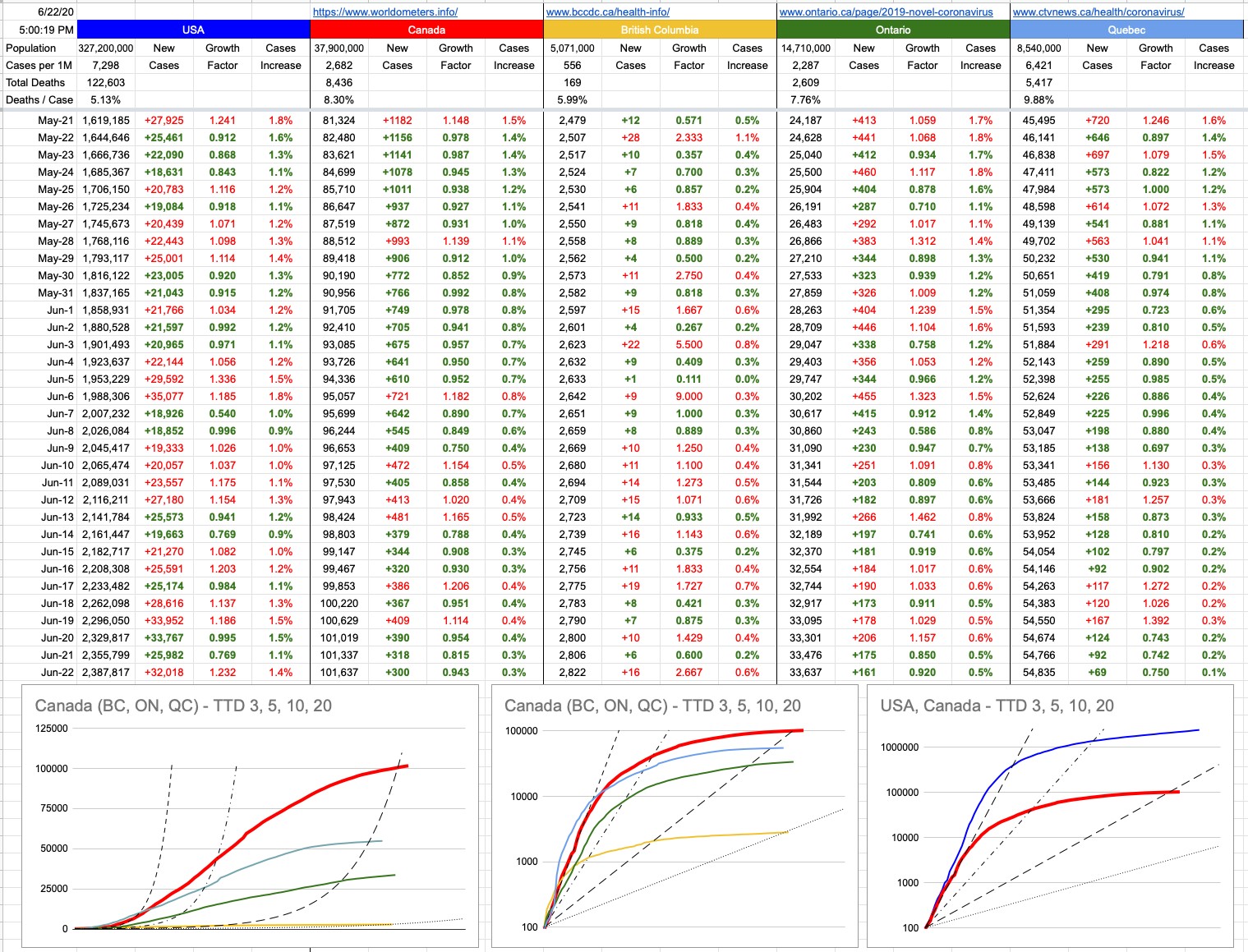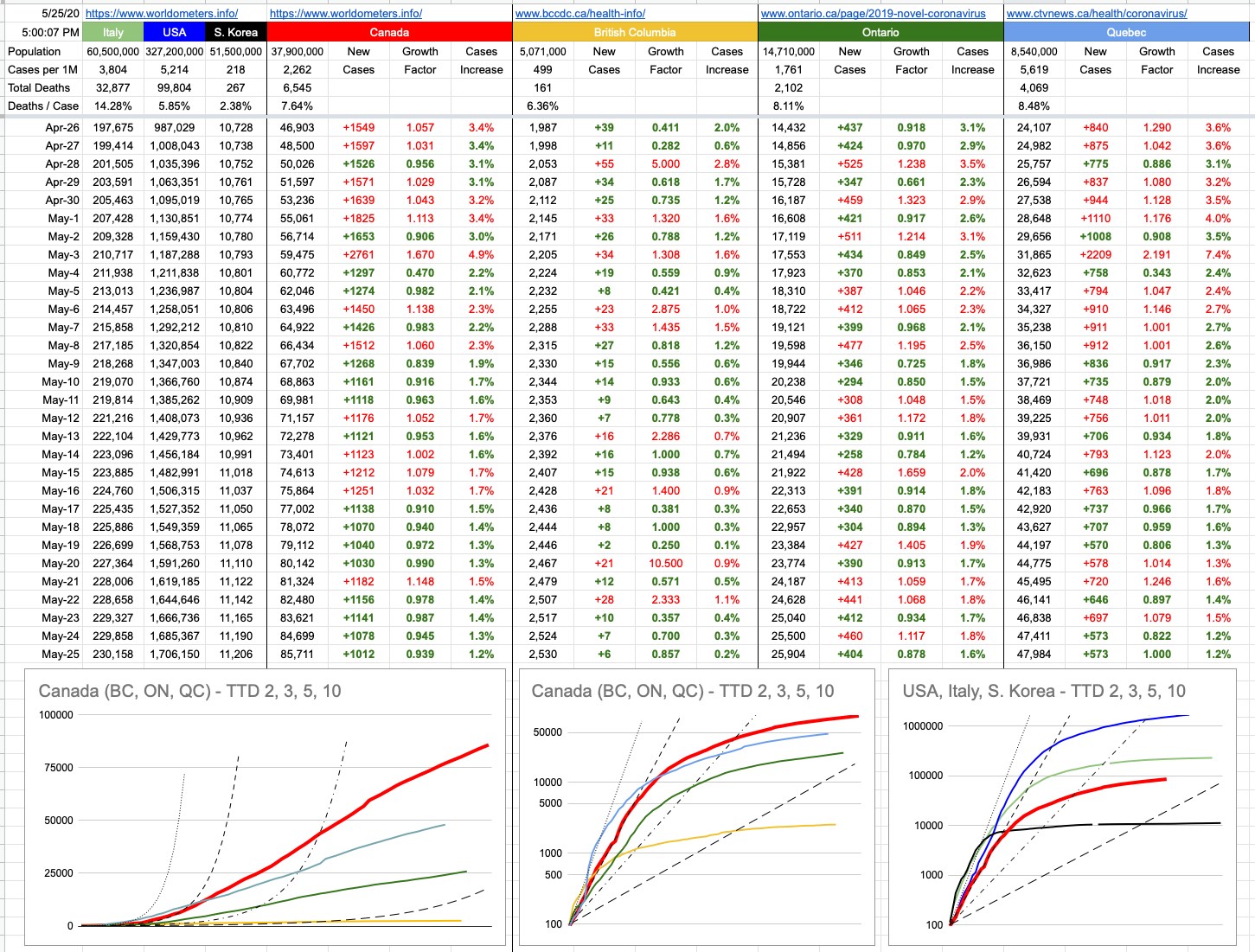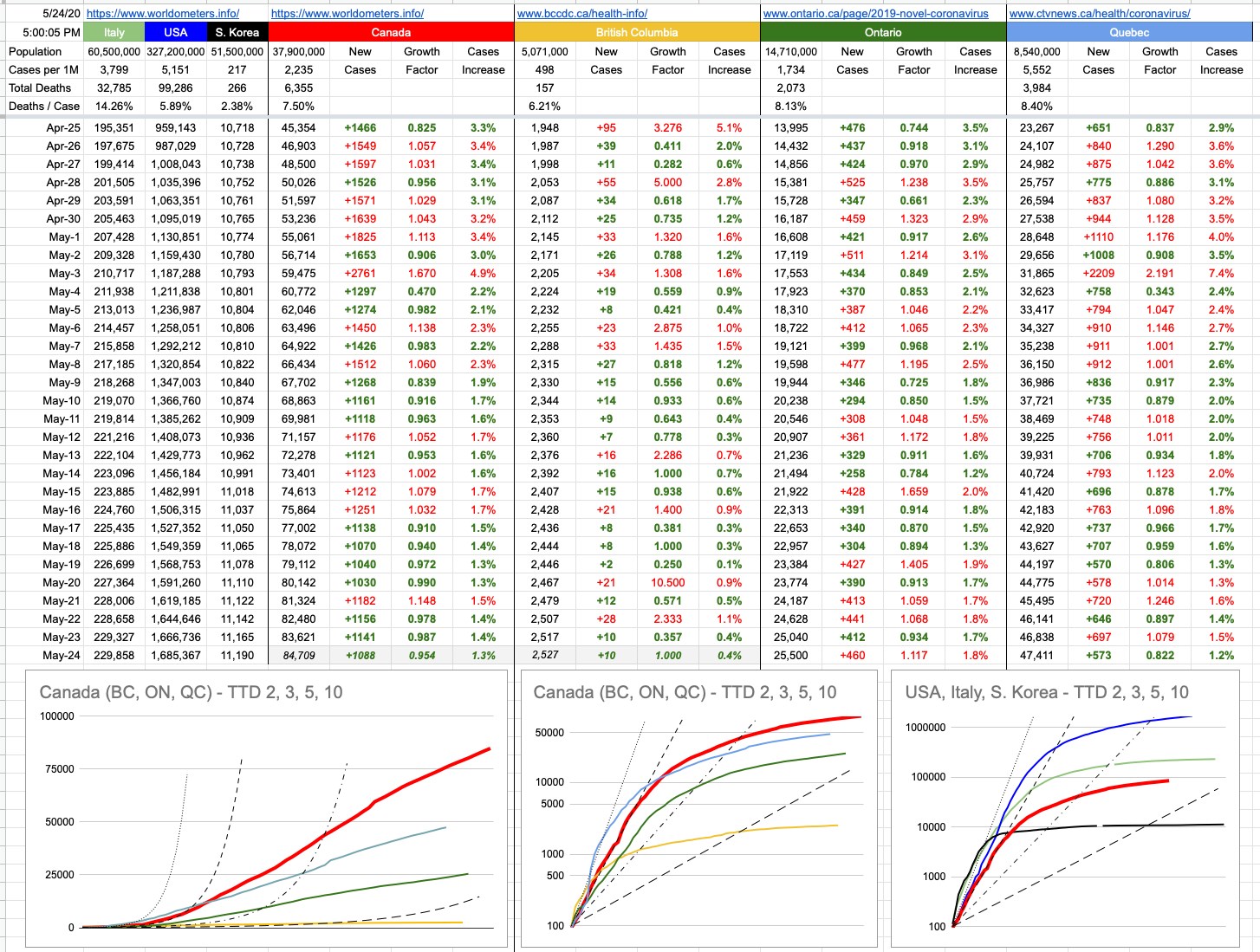August 5, 2020
The plot device known as “deus ex machina” was invented by the Greeks, ages ago. It literally translates to “god from the machine”, where back in ancient Greek theatre, the actors playing the role would be hanging from ropes, or some sort of machine, sweeping in to save the day, in whatever context was needed.
From a literary/artistic point of view, this has its detractors… for obvious reasons. It has the potential to wreck an otherwise excellent story with a convenient miracle to undo the entire struggle that led to that point. William Golding was criticized for this in “Lord of the Flies”… after building up an incredible narrative with intriguing and insightful and though-provoking ideas… suddenly, in a just a few pages, a ship arrives, rescues the boys, The End.
It’s not always that blunt, but you get the idea… and it fit well with the narratives of Greek Tragedies (and comedies)… and since then, it’s appeared all over the place. H.G. Wells’s “The War of the Worlds”… big, powerful aliens have the technology to travel across the universe with a battle fleet ready to destroy earth… until they themselves are destroyed by bacteria. Actually, almost identically, Will Smith’s aliens in “Independence Day” – and a computer virus.
You get the idea; it’s when something appears out of nowhere, just in the nick of time… to save the day, like divine intervention.
There are a few versions of this these days to consider. One, of course, is Donald Trump’s hope that this is what will resolve the giant mess his country finds itself in, much of which is his responsibility. Numerous times, he’s stated how it’ll just go away, like a miracle, burn itself out, vanish overnight, whatever. Unfortunately for him, the real world doesn’t operate that way; even the ancient Greeks knew that.
More recently, Trump did an interview with Jonathan Swan on HBO, and the entire thing is now available on YouTube. It is an astonishing 40 minutes of incoherent, delusional nonsense. And great kudos to Mr. Swan who, unlike pretty-much every other reporter, didn’t acquiesce to Donald Trump’s bullshit. He called him on it, repeatedly… though, as expected, when DT has no answer, he deflects away, onto the next incoherent, irrelevant point. The end result of it was asking yourself… what did I learn from that? The answer will be… not much. There was nothing factually useful in Trump’s responses, other than confirmation that he actually doesn’t understand what he’s talking about. You can’t accuse him of actually lying when he doesn’t actually get it. That much was made obvious when the problems with his fist-full of printouts were explained back to him.
Donald Trump has had a hovering “deus ex machina” all his life. First, it was daddy Fred who handheld his inept narcissist of a son through childhood and adolescence, paving and smoothing-out what otherwise would’ve (and should’ve) been a dead-end path.
Then it was Trump’s problem solvers, many of whom are now in prison, having themselves acquiesced to illegalities to keep their guy happy.
Then it was the Republican party and the White House and all the “yes-men” he could gather… and, as we’ve seen with textbook narcissists, once the “yes” turns into anything but… even a “maybe”, let alone a “no” – you’re out of there. The best people, tremendous people, beautiful people… exit stage left, with a knife in their back and a grade-school cheap insulting nickname to be Twittered about incessantly.
During the interview, you could see Trump looking around at his people. “Help”, his eyes pleaded. Help me. Rescue me. Where’s my DeM? It wouldn’t have been too presidential to stand up, rip off the mic and make a scene, like so many celebrities love doing when they’re asked a question they don’t like… no, The President had to sit through it, very uncomfortably in parts, and hang himself just a little bit more with every astonishing, baseless, irrelevant word.
There are no machines big enough, ropes strong enough, storylines believable enough… that would have a Deus sweep in to save the day for him. His mistakes will follow him into eternity, where maybe he can have a discussion with Deus Himself. That’s Who it’d take to make him understand.
View Original Post and All Comments on Facebook



